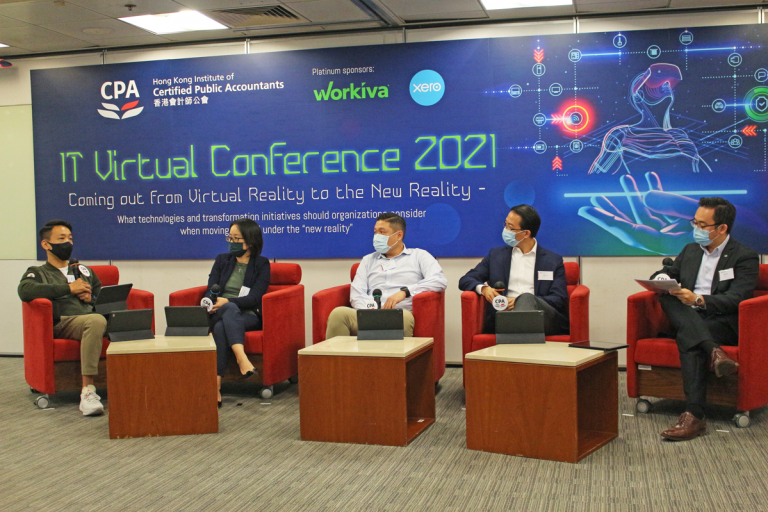While the COVID-19 pandemic may have forced companies into the largest work-from-home experiment in history, employers across the globe are now turning what they reckoned was a temporary measure into permanent reality. A silver lining amid the crisis – the pandemic has proven that flexible working works.
More than 90 percent of employers say productivity has been the same or better as employees have worked remotely, according to Mercer’s Global COVID-19 surveys. In Asia-Pacific, more than half of the employers expect more than a quarter of their workforce to continue working remotely – a huge contrast to pre-pandemic where less than a quarter of employers had a quarter of their workforce working remotely.
It’s opened their eyes to new possibilities – increased employee engagement, access to expanded talent pools and greater workforce diversity. However, as employers seek to build an inclusive and robust flexible strategy for the future, they’ll need to address three critical questions.
What flexibility is possible?
For some organizations, the pandemic will have revealed which jobs are flexible. And for others, it has become clear that many jobs can flex. Companies are offering staff permanent work-from-home arrangements. For example HSBC in Hong Kong has allowed staff to work four days a week from home, while Twitter has told staff they can carry on with remote working indefinitely.
Flexing at scale requires an examination of the work and its capacity to flex on five dimensions: where, when, how, what, and who. You can assess any role’s “flexibility quotient” against these dimensions.
What flexibility is desirable?
Employers and employees need to come up with a shared understanding of what types of flexibility are desirable (employee preferences) and achievable (business imperatives and the demands of each role). Using human-led design to approach flexibility is critical as, ultimately, people need to buy into the change and see their organization offer work models that are desirable for them.
Leaning into only one model of flexibility – such as a purely remote working model – may alienate current and prospective employees who crave a return to the office, face added burdens of care responsibilities or ineffective workspaces at home. Likewise, other dimensions of flexibility, such as the ability to start later or job-share may be desired and achievable for non-office based jobs.
With five generations now in the workforce, employers might be surprised to learn what employees want. Employees are a great source of ideas on how to work differently. Utilizing surveys, preference games, persona workshops and/or focus groups can allow different employee segments to offer insights. These insights, in turn, can help shape a strategy that works for the whole workforce. Employers who allow employees to personalize their own employee experience – by “tapping in” to flexible alternatives made available to their role – will gain a competitive advantage in the quest for top talent.
How should I sustain flexibility?
Simply putting a flexible working policy in place and announcing the change via email is not sufficient. Employers need to assess their readiness for supporting long-term flexibility at scale. This requires a focus on three key tenets of success:
Foundational enablers that establish the building blocks in the areas of culture and collaboration, legal and regulatory, leadership and management, change management and communication. What will leaders and managers need to operate in a flexible working environment? How can you build a culture of trust and support managers to support flexible working?
People programmes that evolve for a new way of working in the areas of learning and advancement, compensation and benefits. How do you ensure fully remote workers are not disadvantaged for promotion compared to in-office workers? What is required to support a remote workforce’s well-being? What mechanisms will you need to identify and promote top talent that work more flexibly?
Infrastructure that provides resources to drive successful execution such as physical location and digitalization. How will you change the utilization of real estate space to support the new model? What technologies will support virtual collaboration?
Where to start
The transition to a blended work environment starts with understanding where you are today and developing a clear vision of flexible working that aligns with your business objectives and workforce needs. How you bring your vision to life is equally critical. Employers need to translate that vision into actual employee experiences that are meaningful and valuable or it may bring more harm than help. Finally, companies need to consider how to make their flexibility strategy sustainable for the long term.
There is no doubt the pandemic has challenged and changed the world of work, but with the right vision, thoughtful strategies and a holistic approach, the hybrid workplace will emerge as a change for the better in the post-pandemic world.















